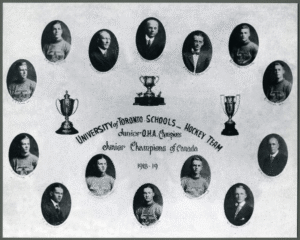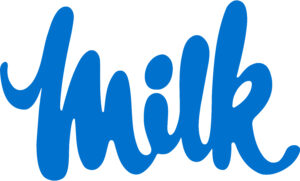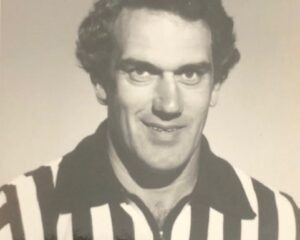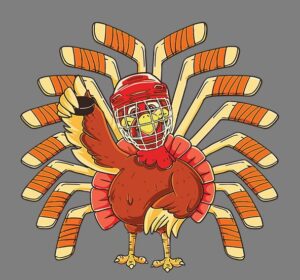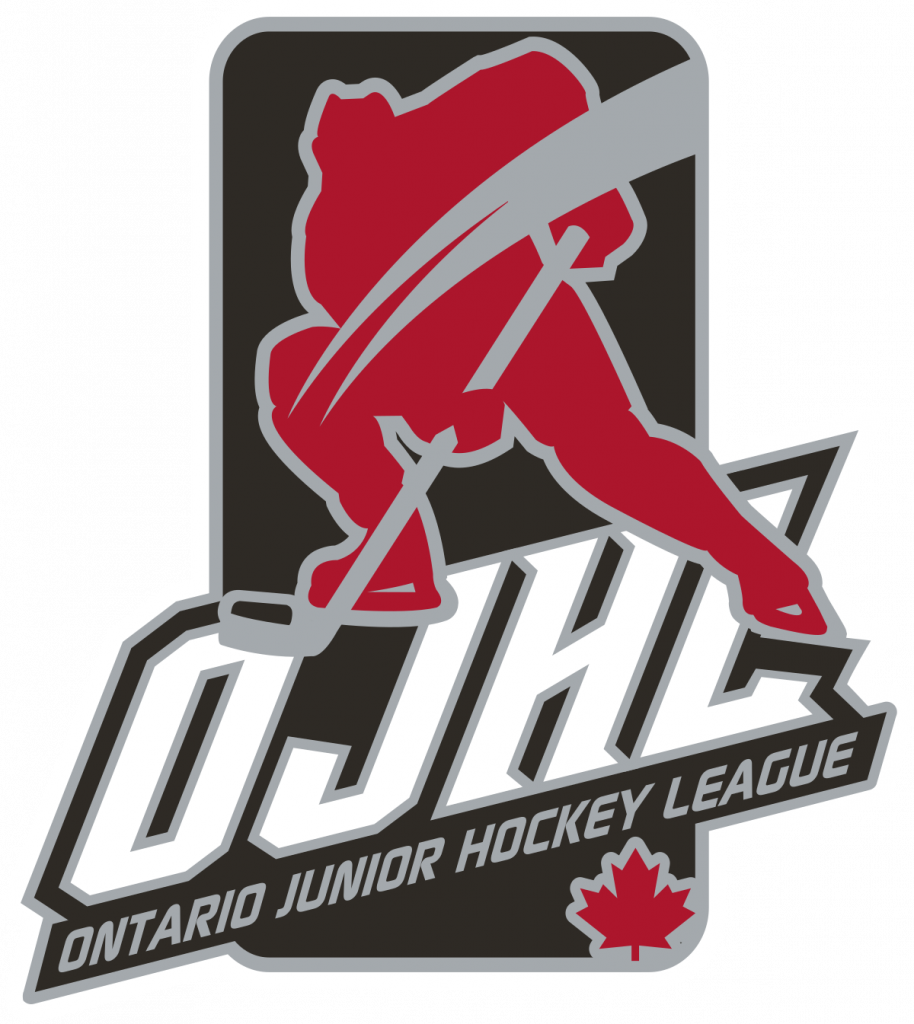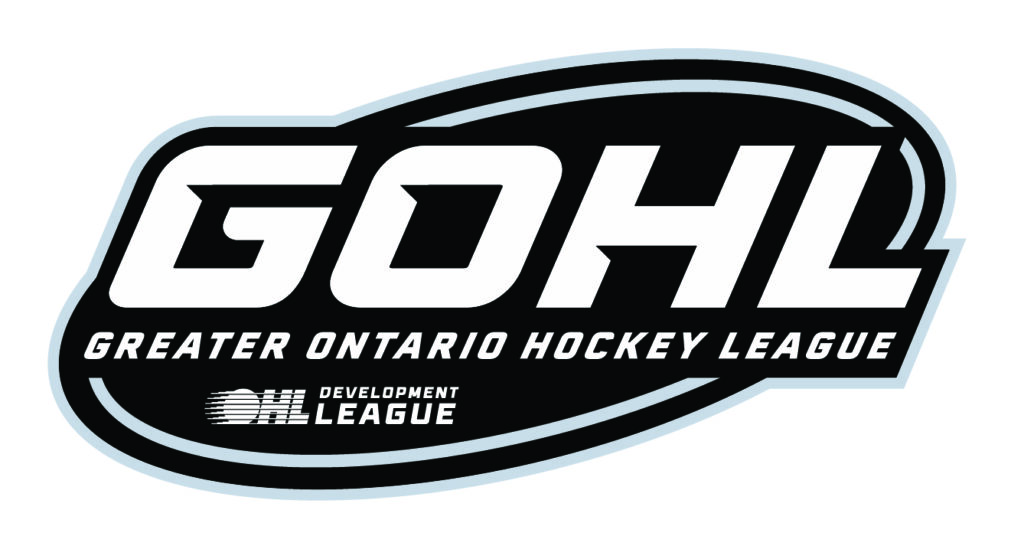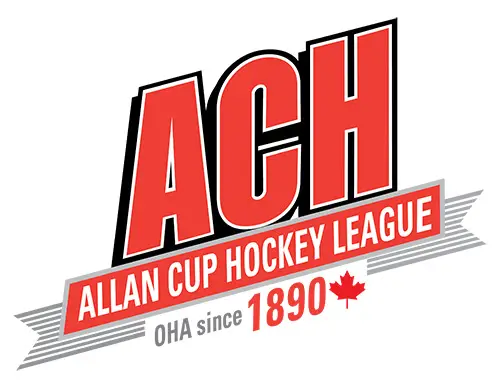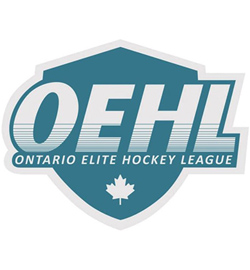For generations, many Indigenous groups and communities have celebrated their culture and heritage on June 21 or around that time of year because of the significance of the summer solstice as the longest day of the year

George Armstrong ‘Big Chief Shooting Puck” c. 1950 – Armstrong was the 1st Indigenous Hockey player to be made a “Honorary Chief.” This photo was in The Hockey News on June 15, 1950
Cambridge, ON – National Aboriginal Day, now National Indigenous Peoples Day, was announced in 1996 by then Governor General of Canada, Roméo LeBlanc, through the Proclamation Declaring June 21 of Each Year as National Aboriginal Day. This was the result of consultations and statements of support for such a day made by various Indigenous groups:
In 1982, the National Indian Brotherhood, now the Assembly of First Nations, called for the creation of National Aboriginal Solidarity Day
In 1995, the Sacred Assembly, a national conference of Indigenous and non-Indigenous people chaired by Elijah Harper, called for a national holiday to celebrate the contributions of Indigenous Peoples
Also in 1995, the Royal Commission on Aboriginal Peoples recommended the designation of a National First Peoples Day
On June 21, 2017, the Prime Minister issued a statement announcing the intention to rename this day National Indigenous Peoples Day.
National Indigenous Peoples Day is part of the Celebrate Canada program, which also includes Saint-Jean-Baptiste Day on June 24, Canadian Multiculturalism Day on June 27 and Canada Day on July 1.
The captain of the Stanley-winning 1967 Toronto Maple Leafs was a strong representation of indigenous people; read more about the great George Armstrong here


